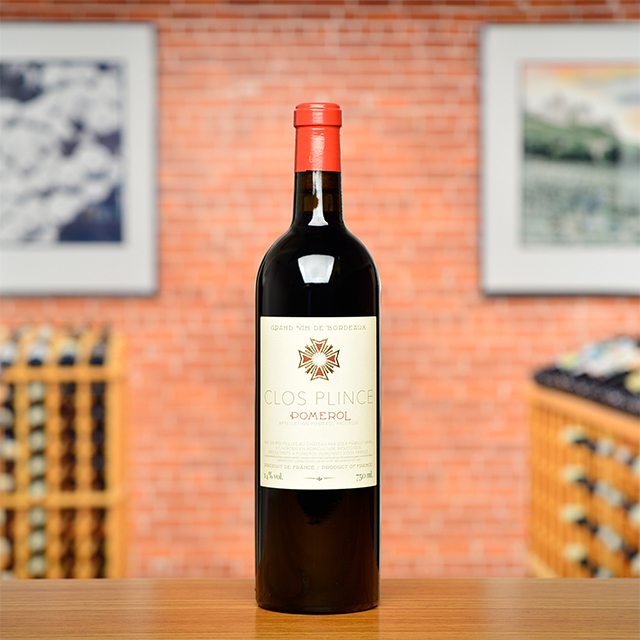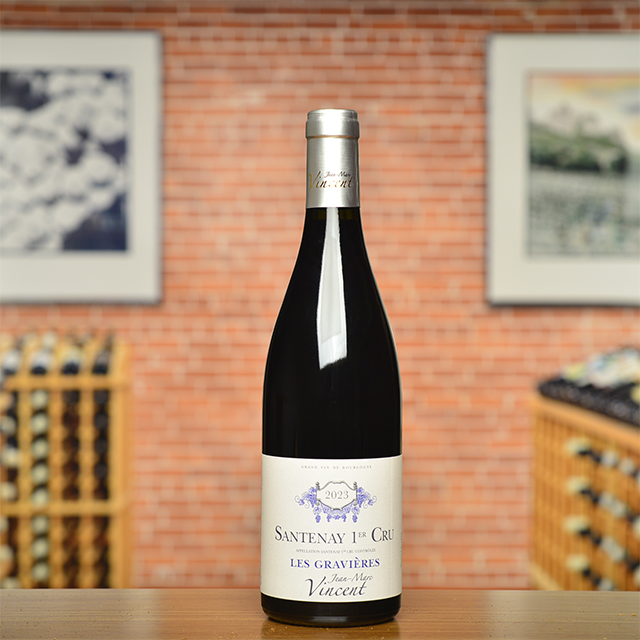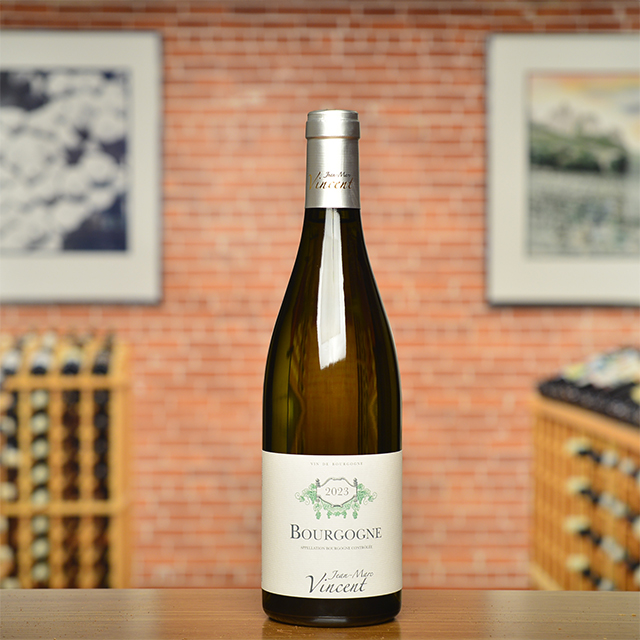Notify me
2020 Sauternes
Domaine de l’Alliance
The reasons to be overwhelmed with enthusiasm over Daniel and Valérie Alibrand’s Sauternes are bountiful, so I suggest asking one of our staff why we hold this producer in such high regard. To briefly outline it, this is truly artisanal Sauternes—made by hardworking farmers who are willing to sacrifice quantity for excellence. For example, the rigorous sorting to select the best fruit means making up to seven passes through the vineyards, picking berry by berry. The yields come out to around ten hectoliters per hectare—compare that to Château d’Yquem. Or you can forget the details and simply stick your nose into a glass of this divine nectar to comprehend our excitement.
—Anthony Lynch
| Wine Type: | dessert |
| Vintage: | 2020 |
| Bottle Size: | 500mL |
| Blend: | 85% Sémillon, 12% Sauvignon Blanc & Gris, 3% Muscadelle |
| Appellation: | Sauternes |
| Country: | France |
| Region: | Bordeaux |
| Winemaker: | Valérie & Daniel Alibrand |
| Vineyard: | Average of 50 years |
| Soil: | Gravel, Clay, Sand |
| Aging: | 20% of wine is aged in new 350-L barrels, 20% in 350-L barrels of one passage, 60% in 225-L barrels of one, two, or three passages |
| Farming: | Organic (practicing) |
| Alcohol: | 13.5% |
More from this Producer or Region

2021 Bordeaux Blanc “Définition”
France | Bordeaux
A simply stunning white that seems to not just elevate the food on your plate, but your entire mood. Your surroundings will melt away as you get lost in your glass.

2016 Fronsac
France | Bordeaux
June Club Gourmand ~ There is nothing overdone in this chiseled, elegant cuvée made from organically grown and pampered Merlot.

2017 Pomerol
France | Bordeaux
The incredible depth, power, and fine but grippingly youthful tannins are text-book Pomerol

2011 Pomerol MAGNUM
France | Bordeaux
With incredible depth, power, and fine but grippingly youthful tannins, this is unmistakably Pomerol.

2019 Pomerol “Clos Plince”
France | Bordeaux
This is the perfect example of a fine, elegant version of Merlot.

2011 Canon-Fronsac
France | Bordeaux
At thirteen years old, its brambly berry notes are but a memory of its youth. They have evolved and taken on a woodsier sophistication.

2006 Pomerol
France | Bordeaux
The nose offers everything you’d hope for in a mature Merlot—freshly turned earth, cocoa, plum, and black truffle.

2023 Sauternes HALF BOTTLE
France | Bordeaux
It is a habit-forming apéritif with or without foie gras.

2020 Atlantique Blanc “Déclinaison”
France | Bordeaux
Artisanal white Bordeaux like you have never tasted before!

2020 Bordeaux Sec “Les Clous”
France | Bordeaux
It has the nerve and precision of the Définition cuvée along with additional weight and structure.
About The Region
Bordeaux

Often considered the wine capital of the world, Bordeaux and its wines have captured the minds, hearts, and wallets of wine drinkers for centuries. For many, the wines provide an inalienable benchmark against which all other wines are measured.
Bordeaux is divided into three winegrowing regions with the city that gives the region its name in the near geographical center. The “right bank,” or the area located east of the Dordogne River, produces wines that are predominantly Merlot with small amounts of Cabernet Franc and Cabernet Sauvignon. The “left bank” is located to the west of the Garonne River and produces wines dominated by Cabernet Sauvignon, with Cabernet Franc, Merlot, Malbec and Petit Verdot.
The third region, Entre-Deux-Mers, lies between both rivers and produces white wines from Sauvignon Blanc, Sémillon, and Muscadelle. Though technically in the left bank, it is worth noting the appellation of Sauternes, which produces arguably the world’s most famous sweet wines from Sauvignon Blanc, Sémillon, and Muscadelle as well.
Though many top Bordeaux wines are sold en primeur (in advance of their bottling) and often through a middleman known as a negoçiant, Kermit has always preferred to purchase directly from the winemaker. For more than three decades he has sought out small producers, who make classic Bordeaux wines and are willing to play outside the negoçiant system. This ethic has led to longstanding relationships, excellent prices, and perhaps most important—wines of great value and longevity.
More from Bordeaux or France
2021 Bordeaux Sec “Les Clous”
Domaine de l'Alliance France | Bordeaux
2009 Saint-Émilion Grand Cru
Château Tertre de la Mouleyre France | Bordeaux
2019 Lalande-de-Pomerol
Château Belles-Graves France | Bordeaux
1986 Saint-Julien
Château Gruaud Larose France | Bordeaux
2024 Graves Blanc
Château Graville-Lacoste France | Bordeaux
2016 Canon-Fronsac
Château Moulin Pey-Labrie France | Bordeaux
2024 Graves Blanc HALF BOTTLE
Château Graville-Lacoste France | Bordeaux
2024 Bordeaux Blanc
Château Ducasse France | Bordeaux
2011 Canon-Fronsac
B. & G. Hubau France | Bordeaux
2023 Sauternes HALF BOTTLE
Château Roûmieu-Lacoste France | Bordeaux
2017 Pomerol
Château Gombaude-Guillot France | Bordeaux
2019 Pomerol
Château Gombaude-Guillot France | Bordeaux
2021 Bordeaux Sec “Les Clous”
Domaine de l'Alliance France | Bordeaux
2009 Saint-Émilion Grand Cru
Château Tertre de la Mouleyre France | Bordeaux
2019 Lalande-de-Pomerol
Château Belles-Graves France | Bordeaux
1986 Saint-Julien
Château Gruaud Larose France | Bordeaux
2024 Graves Blanc
Château Graville-Lacoste France | Bordeaux
2016 Canon-Fronsac
Château Moulin Pey-Labrie France | Bordeaux
2024 Graves Blanc HALF BOTTLE
Château Graville-Lacoste France | Bordeaux
2024 Bordeaux Blanc
Château Ducasse France | Bordeaux
2011 Canon-Fronsac
B. & G. Hubau France | Bordeaux
2023 Sauternes HALF BOTTLE
Château Roûmieu-Lacoste France | Bordeaux
2017 Pomerol
Château Gombaude-Guillot France | Bordeaux
2019 Pomerol
Château Gombaude-Guillot France | Bordeaux
Kermit once said...

Kermit once said...
If you're looking for value, look where no one else is looking.
Inspiring Thirst, page 211














